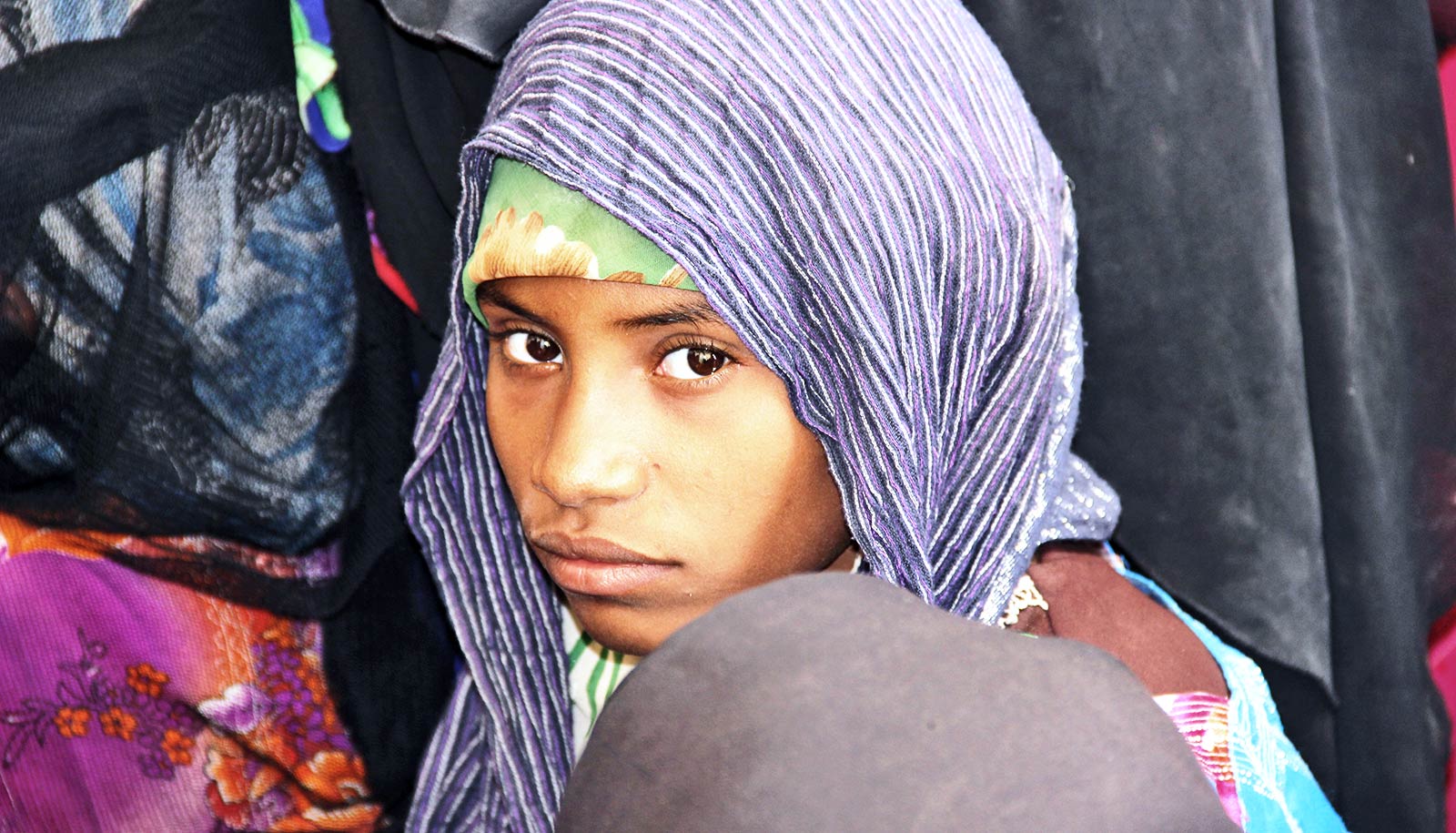A new study blames macro-level factors for the double burden of malnutrition among adolescents in developing countries.
The double burden of malnutrition refers to the coexistence of undernutrition along with overweight and obesity, or diet-related noncommunicable diseases such as type 2 diabetes.
“…the global health community has largely neglected the health needs of this population…”
The study in 57 low- and middle‐income countries (LMICs) suggests that factors including war, lack of democracy, food insecurity, urbanization, and economic growth are to blame.
“The majority of adolescents live in LMICs but the global health community has largely neglected the health needs of this population,” says Rishi Caleyachetty, an assistant professor at the University of Warwick Medical School. “At the population level, macro-level contextual factors such as war, lack of democracy, food insecurity, urbanization, and economic growth partly explain the variation in the double burden of malnutrition among adolescents across LMICs.
Caleyachetty’s team found that the burden of double malnutrition is shockingly common and the researchers are now calling on governments and NGOs to identify context-specific issues and design and implement policies and interventions to reduce adolescent malnutrition accordingly.
The study set out to quantify the magnitude of the double burden of malnutrition among adolescents and explain the varying burden of adolescent malnutrition across low- and middle-income countries. Adolescence is a period for growth and development, with higher nutritional demands placing adolescents at greater risk of malnutrition.
The researchers used data from the Centers for Disease Control and Prevention/World Health Organization (WHO) Global School-Based Student Health Survey and WHO Health Behavior in School-Aged Children surveys done in 57 LMICs between 2003-2013, comprising 129,276 adolescents aged 12-15 years.
The researchers examined the burden of stunting, thinness, overweight or obesity, and concurrent stunting and overweight or obesity. They then linked nutritional data to international databases including the World Bank, Center for Systemic Peace, Uppsala Conflict Data Program, and the Food and Agriculture Organization (FAO).
Adding gut microbes may prevent malnutrition in kids
They found that across the 57 LMICs, 10.2 percent of the adolescents were stunted and 5.5 percent were thin. The prevalence of overweight or obesity was much higher at more than a fifth of the adolescents (21.4 percent). The prevalence of concurrent stunting and overweight or obesity was 2.0 percent. Between 38.4-58.7 percent of the variance in adolescent malnutrition was explained by macro-level contextual factors.
“The global health community will have to adapt their traditional response to the double burden of malnutrition in order to provide optimal interventions for adolescents,” Caleyachetty says.
The study appears in the American Journal of Clinical Nutrition (AJCN).
Source: University of Warwick



